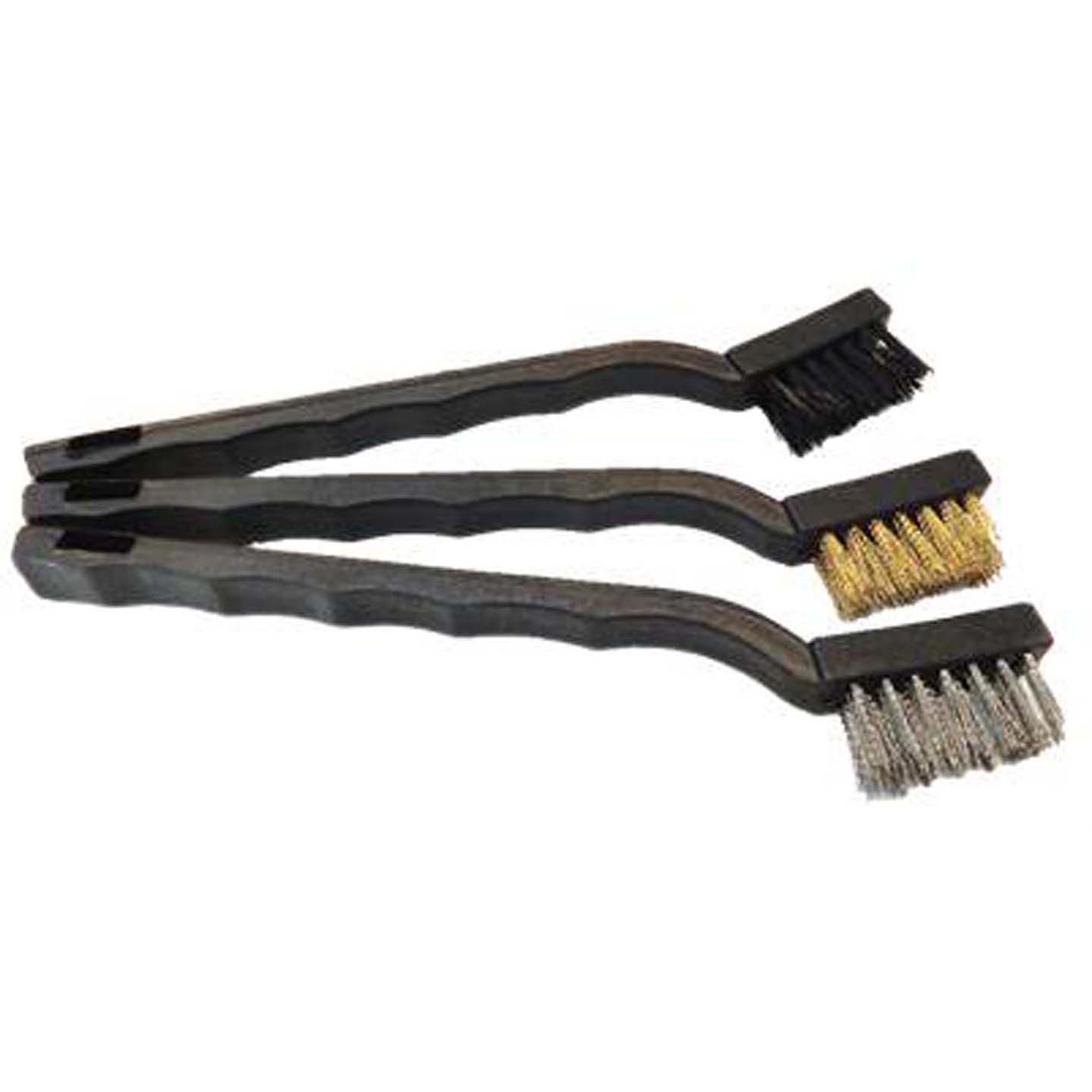Hello folks. I wanted to consult with you about some problems I am having with my first kit. I have sanded it with 320 and 600 for results that seemed "even enough" to me, other than some points where the grain exits the wood outwards and I couldn't really sand. I have never done this before and have probably made some mistake.
Here is an example:
If it is hard to see, there are some spots, areas with scratches and matte look in relation to the rest of the body. This is after 4 coats of TruOil, whereas I waited 24 hours between the 1st and 2nd, and 12 hours between each additional coat.
Can this be fixed? Is it supposed to be like this? Can I sand at this point or will I have to redo the entire thing? Do more coats fix this?
Any tips will be appreciated.






 Reply With Quote
Reply With Quote






